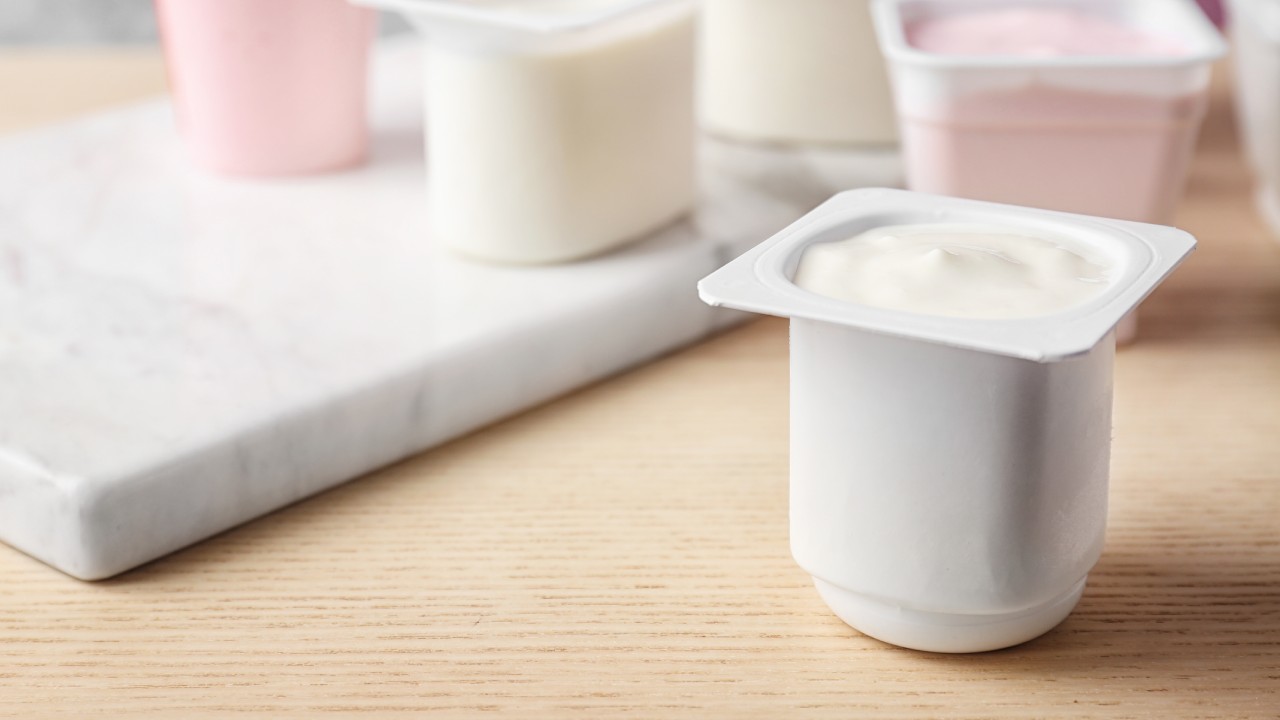5 things you didn't know about added sugar

Think you know everything about sugar? Think again. Australia's lack of regulation around how added sugar is displayed on food labelling makes it difficult to tell just how much added sugar is in your food.
Here are five things you might not know about added sugar.
1. It's hiding where you least expect it
While we know there's plenty of sugar lurking in sweet drinks, desserts and confectionery, it's also hiding out in places you wouldn't expect, like kids' and baby food, savoury foods and 'health' foods.
Kids' foods often contain fruit juice concentrate, which sounds healthy but is another form of added sugar.
It's easy to get caught up in the marketing hype of claims like 'all natural' and 'made with real fruit', but the sugar content of these products means they're far from healthy.
Even savoury foods like pasta sauce, ready meals and flavoured chips that don't taste sweet can contain added sugars. And don't be fooled by 'health' foods: even products claiming to be 'all natural', 'organic' or 'gluten free' can be full of added sugars.
2. It's hard to track down
Sugar is sugar, right? But it's called many different things on an ingredients list: cane sugar, brown sugar, glucose, brown rice syrup, or any one of the 40+ names that manufacturers use for added sugars.
And since added sugars can be scattered throughout the ingredients list under several different names rather than grouped together, it can be hard to tell that added sugar is one of the main ingredients.
You'd think that the nutrition information panel would offer some clarity when you're standing in the supermarket aisle, but it doesn't distinguish between intrinsic and added sugars. (Intrinsic sugars are naturally-occurring sugars found in dairy, fruits and vegetables; added sugars are sugars added during processing or cooking.)
So it's easy to misread the nutrition information for foods like plain yoghurt that are high in natural sugars (lactose), and assume that they're unhealthy.
3. We're eating too much added sugar and we don't even know it
Okay, so you probably already know this, but we're all still eating way too much added sugar.
In fact, more than half of all Australians consume more added sugar than the amount recommended by the World Health Organization (WHO), with kids and teenagers eating the most: almost three-quarters of 9-18 year olds exceed the recommendations. Teenage boys eat a whopping 22 teaspoons of added sugar per day, with some eating as much as 38 teaspoons per day. That's a lot of soft drinks and junk!
The reality is that we're doing ourselves harm: added sugar is linked to a range of potential negative health outcomes: weight gain, dental cavities, type 2 diabetes and possibly even depression.
That's why it's so important for people to be able to easily tell how much added sugar is in the food they're eating.
4. Australia doesn't have regulations around added sugar labelling
Other countries have wised up to the fact that added sugar labelling makes a difference to people's health, but Australia is lagging behind. Even the US – home of all that is super-sized – introduced regulations that food labels must display the amount of added sugar in a product.
The American Heart Association estimates that the added sugars label could potentially prevent nearly 1 million cases of cardiovascular disease and type 2 diabetes in the US over the next 20 years, as well as lowering healthcare costs.
"Food manufacturers know what they're putting into our food and drinks – and we should know too. Given the success of added sugar labelling overseas, we know that added sugar labelling can work in Australia," says Linda Przhedetsky, CHOICE's food policy adviser.
"Added sugar labelling has been on the table for years, and it's time for food ministers to take action. This important public health initiative will help people make informed decisions in the supermarket, and easily identify healthier options."
5. CHOICE is campaigning for added sugar labelling in Australia
We want people to be able to clearly identify how much sugar is in their food and drinks so they can make healthier choices, so we're lobbying for changes to the way added sugars are labelled on foods. To find out more, check out our campaign to take action on added sugar labelling.
Written by Alice Richards. This article is republished with permission of CHOICE.
